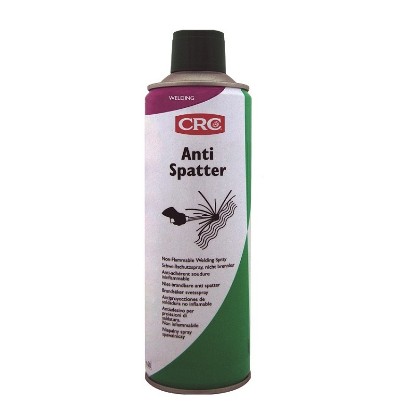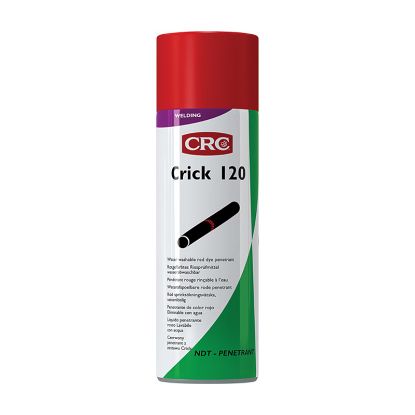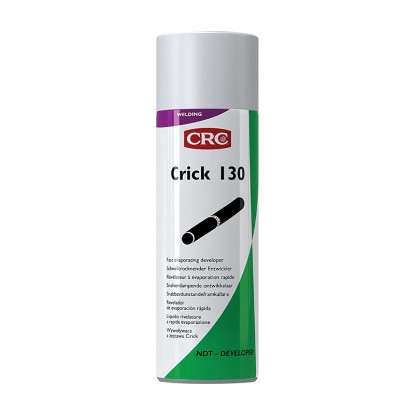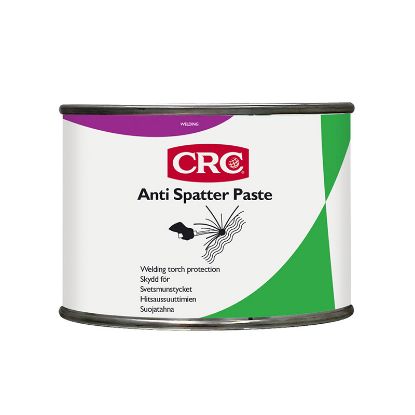Many cracks in various materials can deeply penetrate, despite having a small opening width on the surface, potentially leading to significant defects. Detecting such cracks through normal visual inspection can prove challenging. Penetrant flaw detection serves as an extension of the visual inspection method, aiding in the detection of these otherwise hard-to-spot cracks.
The control is carried out using 3 products: Crick 110 (cleaner), Crick 120 (penetrant) and Crick 130 (developer).
Crick 110 is ideal for the non-destructive inspection of materials, parts, assemblies, equipment, surfaces or
structures to detect:
- cracks, lack of fusion and open cavities in welded parts,
- cracks and cavities formed by metal fatigue and cutting operations,
- porosity or leaks in pipes, tanks, boilers, heat exchangers,
- discontinuities, laps, folds and cracks in castings, forgings and ceramics.
- Working conditions: use at temperatures of over +10°C.
Surface requirements: surface to be checked must be clean, dry and free of grease.




